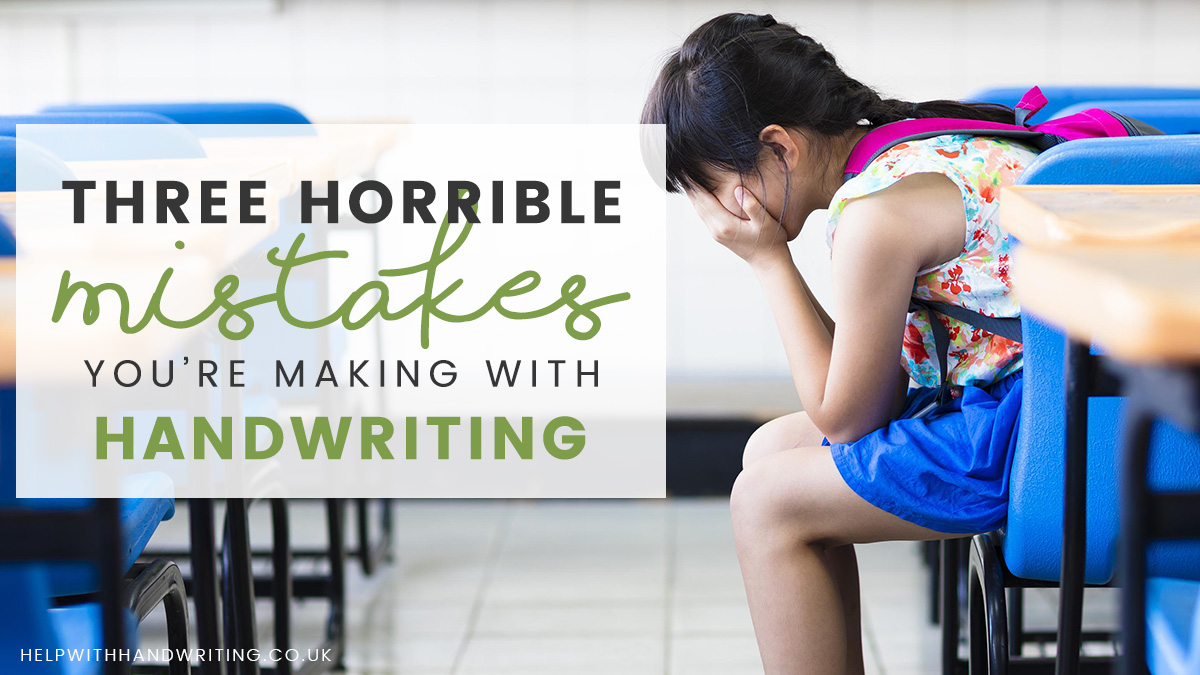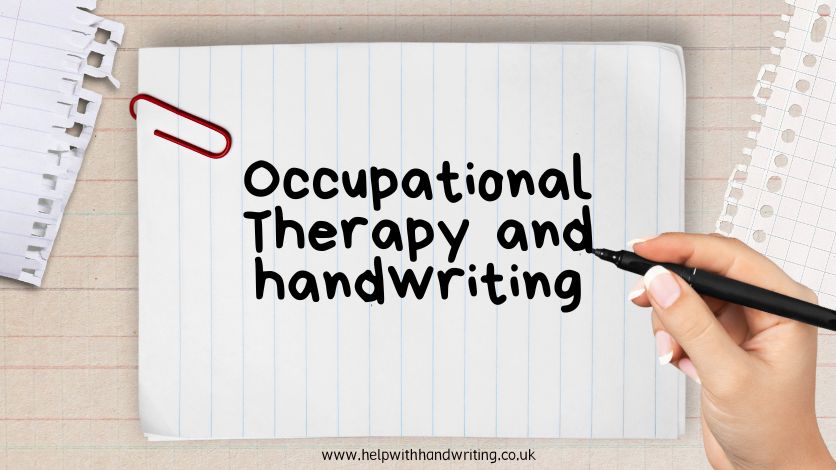Ooh messy writing alert!
In this short guide, I’m going to share with you the top three ways that messy handwriting can affect your child’s grades so that you can spot the early warning signs and help.
People are judged by their messy handwriting
As adults, our handwriting is an essential part of how people perceive us. It’s a calling card by which we instantly judge one another, and in business, it can mean the difference between positive impressions and negative ones. For our kids, handwriting is even more important. It helps tell us how well they have understood a school topic. And whether we like it or not, school exams continue to be handwritten, making handwriting an essential life skill.
Primary school children have mental health issues that are preventable
Research published by Barnardos, a leading UK children’s charity, on children’s emotional health, suggests that poor reading ability, low self-esteem, and families who are working longer hours are giving rise to an increasing number of children who have mental health issues. Below is a list of the top three ways that messy handwriting can affect your child’s grades so that you can spot the early warning signs:
1
Not recognising how it is affecting their confidence
Any parent will agree that confidence plays a huge role in the success of our children at school. If a child feels like they don’t have the right tools or knowledge to work properly, they’ll always struggle. With your child’s handwriting, if they aren’t confident with the way they are expressing their thoughts, they won’t become confident in the things they’re expressing. Neat handwriting allows kids to knock down the barrier between their thoughts and the page and really bring their writing to life.
2
Believing messy handwriting will not affect their grades later in life
We all know that grades aren’t a particularly fair metric of a child’s true intelligence. They nevertheless form the basis of assessing how much children know. You might not think that handwriting has much of an effect on grades, but you’d be wrong. Put simply, teachers and graders can only mark what they can read. If your child has messy handwriting, it could undermine their hard work and lead to lower marks, and therefore grades.
3
It can put kids off writing
The child that dislikes writing is often the one who writes the least number of words. Sometimes this can be because they do not see the merit in writing. Or that their struggles are unnoticed for so long that it is now very difficult for them to academically catch up with their classmates.
How to help your child with their handwriting
Writing is one of the most important non-verbal skills we can develop in life, but bad early experiences with handwriting can put kids off from learning and honing the skill. If your children aren’t reintroduced to the joys of writing, their fears can become engrained, and teaching them even more difficult.
How can we help children to write so that it does not impact on their future?
Find ways to boost their self-esteem.
You know your child best and you will know what will and will not work for them. It may be a reward system such as a sticker on a chart or it may be verbal praise. Phrases such as ‘You have done really well’, ‘I’m so proud of you’, ‘That was a great job’ can go a long way. A special pen or pencil. It may even be extra pocket money; although I am not a great fan of bribery.
Use a handwriting checklist.
By the age of seven years, children should be able to write and review their own work. UK schools are expecting this skill. I have devised an easy to use 10-point checklist. There are five questions about handwriting and five questions about grammar. It is based on the figures of the hand and ideally each child should get 10 points every time they review their own work.
Play travel games.
To be a successful writer you have to have good hand skills. This means you have to be able to grasp and release small objects with control using your dominant hand. Games that have small pieces are excellent at helping to develop these essential hand skills. Travel games such as connect four, battleships, Jenga and the Lego are great accessories to have around the home and in the classroom. Handwriting stencils could help them get started.
Problems with handwriting now, does not have to affect a child’s future. No child should feel concerned, anxious and unable to write. If you would like to know more about handwriting and receive first-hand advice then please feel free to contact me.









